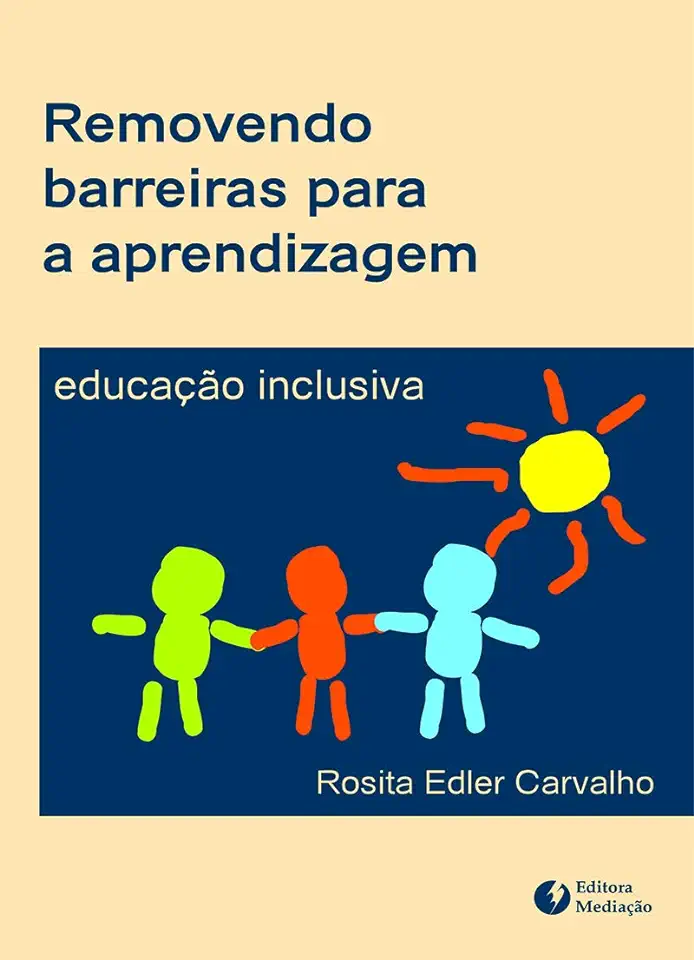
Removing Barriers to Learning - Rosita Edler Carvalho
Removing Barriers to Learning: How to Help All Students Succeed
Introduction
In her book, "Removing Barriers to Learning," Rosita Edler Carvalho argues that all students can learn, but that some students face barriers that make it difficult for them to succeed. These barriers can include poverty, language differences, disabilities, and trauma. Carvalho provides a wealth of research-based strategies that educators can use to help all students overcome these barriers and achieve success.
Chapter 1: The Importance of Early Childhood Education
Carvalho begins by arguing that early childhood education is essential for all children, regardless of their background. She cites research showing that children who attend high-quality preschool programs are more likely to succeed in school and life. Carvalho also discusses the importance of providing early childhood education for children from low-income families and children who are English language learners.
Chapter 2: Overcoming Language Barriers
For students who are English language learners, language can be a major barrier to learning. Carvalho provides a number of strategies that educators can use to help these students succeed, including:
- Using visuals and realia to support instruction
- Providing opportunities for students to practice speaking and writing English
- Encouraging students to use their home language in the classroom
- Building relationships with students and their families
Chapter 3: Addressing Disabilities
Students with disabilities may also face barriers to learning. Carvalho discusses a variety of disabilities that can affect learning, including:
- Physical disabilities
- Learning disabilities
- Emotional disabilities
- Behavioral disabilities
Carvalho provides strategies that educators can use to accommodate students with disabilities and help them succeed in the classroom.
Chapter 4: Dealing with Trauma
Trauma can have a devastating impact on a child's ability to learn. Carvalho discusses the effects of trauma on learning and provides strategies that educators can use to help students who have experienced trauma. These strategies include:
- Creating a safe and supportive learning environment
- Building relationships with students
- Providing opportunities for students to express their feelings
- Helping students to develop coping mechanisms
Chapter 5: The Role of Parents and Families
Parents and families play a vital role in their children's education. Carvalho discusses the importance of involving parents and families in their children's education and provides strategies that educators can use to build strong relationships with parents and families.
Conclusion
In "Removing Barriers to Learning," Rosita Edler Carvalho provides a wealth of research-based strategies that educators can use to help all students succeed. This book is a must-read for any educator who is committed to providing all students with a quality education.
Call to Action
If you are an educator, I encourage you to read "Removing Barriers to Learning" and to start implementing the strategies that Carvalho suggests. By doing so, you can help all of your students succeed.